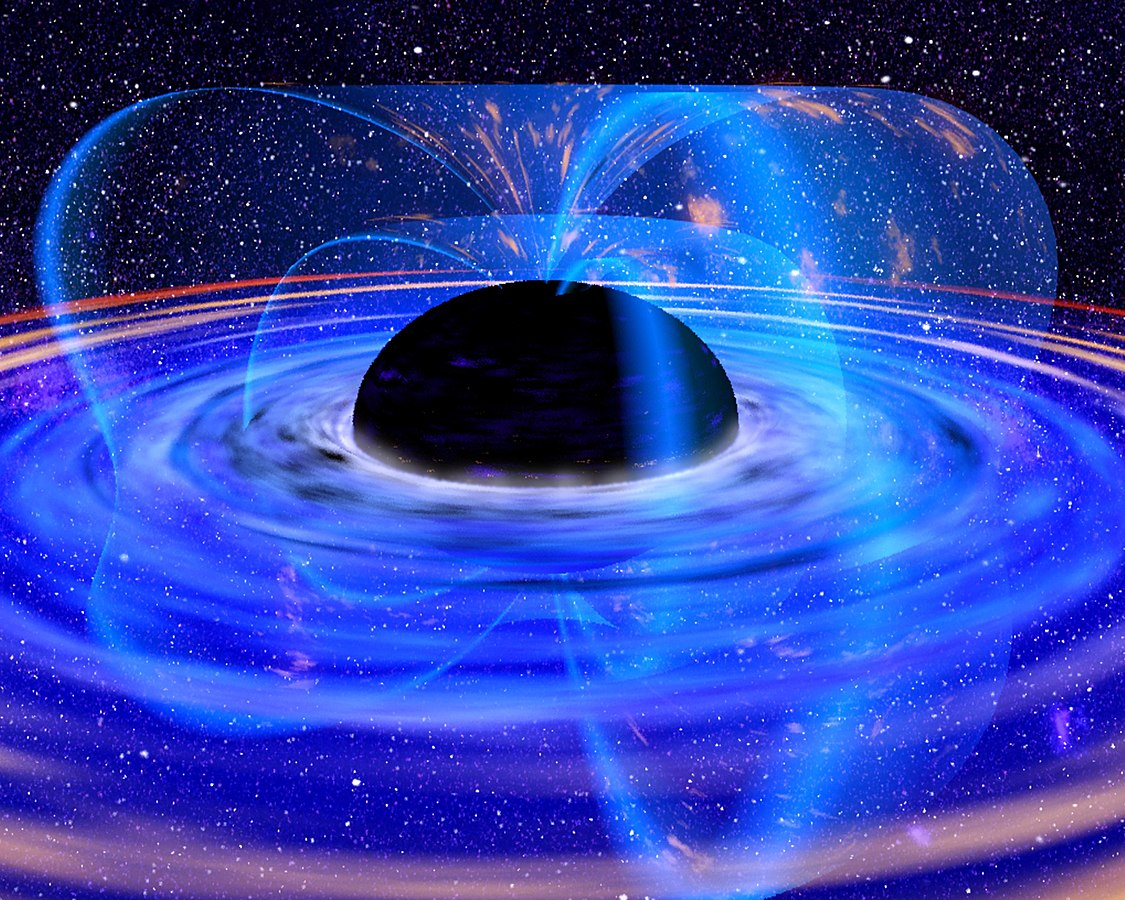In the early 2000s George Chapline suggested an alternative to black holes (an artists impression of a black hole is shown in the Featured Image) because certain features clashed quantum mechanics and instead suggested the following, dubbed “dark energy stars” instead.

A dark energy star would have no singularity. The event horizon would not prevent matter from escaping and as a result, instead of absorbing light, it would distort it. In this theory, rather than a point of no return, the event horizon marks the line between two phases of spacetime.
In the proposal, Chapline cites nucleon decay as being a possible sign of a dark matter star at the center of the Milky Way since the high concentration of positrons in the region indicates the decay of quarks.
Chapline has stood by this theory despite the lack of support and much of his other work is thought more highly of.
This post is in no way meant to discredit him or this idea, and if it seems curt or like little care was put into writing it, it is because it was very difficult to find information on the topic (hence only 2 sources being cited) and I didn’t want to misrepresent the concept. If you happen to come across reputable sources on the topic that are not already listed in the works cited feel free to send them to me and I will read through and see if I can use them to update this post to contain more information.
References
Chapline, G. (Apr 2005). “Dark Energy Stars.” Proceedings of the Texas Symposium on Relativistic Astrophysics, Stanford, CA, 2004. https://doi.org/10.48550/arXiv.astro-ph/0503200
Stone, J. (Oct 2018). “Are Black Holes Actually Dark Energy Stars?” Nautilus. Retrieved Jun 29, 2022, from https://nautil.us/are-black-holes-actually-dark-energy-stars-7741/
